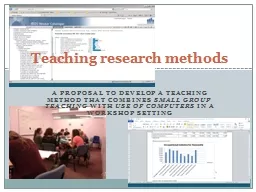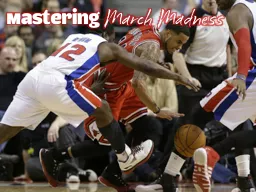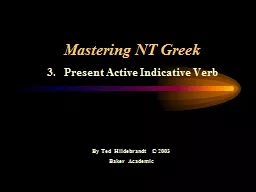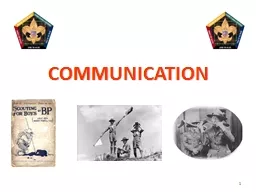PPT-1,2,3 Present! Mastering and Teaching Presentation Skills
Author : briana-ranney | Published Date : 2018-02-12
Dr Judy Henn The Technion Learning and Teaching Communication is the key Personal and professional goals
Presentation Embed Code
Download Presentation
Download Presentation The PPT/PDF document "1,2,3 Present! Mastering and Teaching Pr..." is the property of its rightful owner. Permission is granted to download and print the materials on this website for personal, non-commercial use only, and to display it on your personal computer provided you do not modify the materials and that you retain all copyright notices contained in the materials. By downloading content from our website, you accept the terms of this agreement.
1,2,3 Present! Mastering and Teaching Presentation Skills: Transcript
Download Rules Of Document
"1,2,3 Present! Mastering and Teaching Presentation Skills"The content belongs to its owner. You may download and print it for personal use, without modification, and keep all copyright notices. By downloading, you agree to these terms.
Related Documents










![[EPUB] - Mastering Essential Math Skills Problem Solving (Mastering Essential Math Skills):](https://thumbs.docslides.com/901218/epub-mastering-essential-math-skills-problem-solving-mastering-essential-math-skills-mastering-essential-math-skills-20-min.jpg)
![[DOWLOAD]-Mastering Excel Macros: Debugging (Book 2 of Mastering Excel Macros)](https://thumbs.docslides.com/972224/dowload-mastering-excel-macros-debugging-book-2-of-mastering-excel-macros.jpg)
![[FREE]-Mastering Deep Learning with Python: 2 Manuscripts: The Ultimate Step By Step Guide](https://thumbs.docslides.com/975108/free-mastering-deep-learning-with-python-2-manuscripts-the-ultimate-step-by-step-guide-to-learn-mastering-deep-learning-python-in-7-days-machine-learning-data-science-and-artificial-intelligence.jpg)
